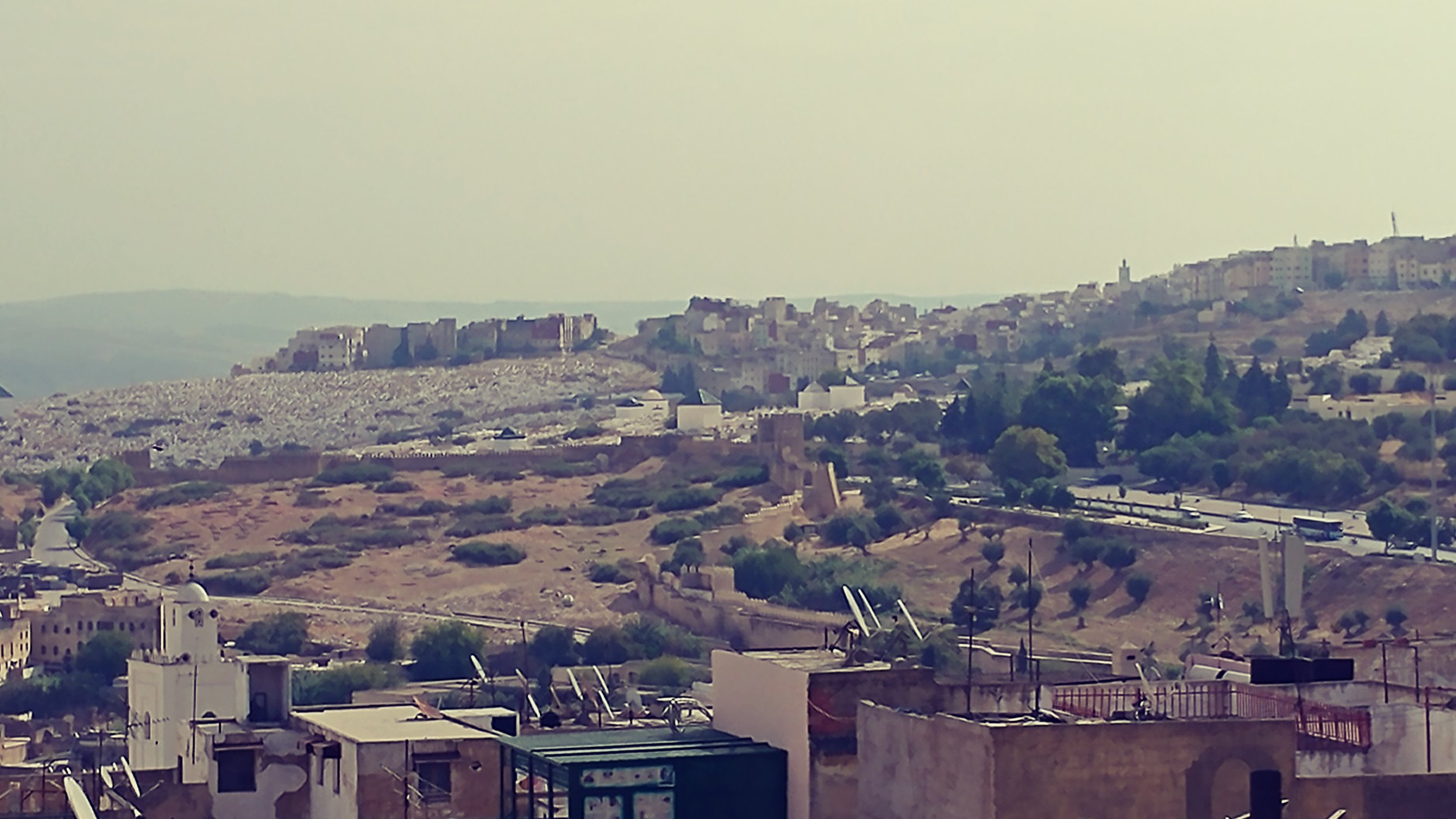The Saga Continues: Reflections from the Medina
“Certainly travel is more than the seeing of sights, it is a change that goes on deep, and permanent, in the lives of the living”
Ancient royal palace in Marrakech
Travel means a great many things to many different people. For some, it is a means of escaping the humdrum of their day-to-day lives, in search of excitement and adventure. For others, a means of fleeing war and turmoil, in search of peace and opportunity. Whatever the inspiration, movement from one place to another has driven development for the entirety of mankind’s existence.
Train depot in Marrakesh
For the last seven days, I was fortunate enough to travel through the Kingdom of Morocco. From Casablanca on the Atlantic, to Tangiers on the straits of the Western Mediterranean, I witnessed opulence, poverty, and the deep historical context that created the two. Much like most of the African continent the origin of human settlement is unclear. Recent archaeological discovery (like, 5 months ago recent) puts it at around 300,000 years ago. The discovery also mentions that said bones are almost identical to those of Cherokee Indians in the US. But, let’s save that for another chapter.
Ruins from Medina, in Fez.
Basically Morocco has been something of an outpost for everyone from the Berbers (nomadic desert dwellers whose alphabet looks like alien script) to Moors, Romans, Arabs, French, and Spaniards. The medinas of Morocco’s major cities are still enclosed by the walls built in the 12th century, and Fez still has ruins from the 10th century that the Romans left behind.
Karaouine University in Fez
Random fact: Université al Karaouine of Marrakesh is the world's oldest functioning college. It was also founded by an African woman. It's now surrounded by homeless beggars and conniving street children trying to sell hashish, or persuade tourists to pay for guided tours… do with that information what you will.
In addition to beautiful handmade wares, rich history, and impressive landscapes, one consistent detail that immediately sticks out in most Moroccan cities is street children. Most are not homeless, per sè, but they are under stimulated and misguided. Moving from place to place, one gets the impression that role models are few and far between, due largely in part to a very obvious schism between generations, and a breathtaking lack of societal investment in childhood development. While my previous trips have been focused on breaking out of the “Matrix” and identifying with self on a fundamental level, this trip has consistently forced me to reconnect with those currently stuck in cycles of placidity.
Street art in Medina (Marrakech)
I began this journey in search of R&R and comfort. More often than not, I found myself reminded of how much stretching my comfort zone still needs, while also being mindful of the progress made, especially for the sake of uplifting others. Something as simple as exercising in a public square has an immediate impact on local teens; there is a very real thirst for engagement and activity, particularly from younger adults. In the same breath, there is a certain wisdom to Moroccan culture.
This place has a way of proving the inevitability of time; the way the country is run reminds you of how little wisdom is involved in keeping the world running, the ever growing Sahara reminds you that deserts are always at our heels, and those of us present enough to see beyond the allure of materialism, or reliant enough on agriculture to be directly affected by climate change feel this tug.
Meanwhile, the rich and powerful do what they have always done: build monuments to their riches, and devise ways to acquire more. 2018 Mercedes-Benz AMGs speed past weathered old men riding donkeys. Elderly women in full burqa beg for spare change from tourists and locals alike, as girls and boys (mostly boys-young girls are rarely seen out and about aside from in major cities) walk to and from school. Gentrification slowly tightens its grip on the ancient medinas. Wages drop. Prices go up, along with the underlying sentiment of desperation among lower classes; something not at all uncommon to anyone, anywhere.
Sunset in the South of Spain
And so, here I am, a traveler doing his best to convey what he has learned, in hopes that it encourages all of us to do what we’ve always done: get moving.





